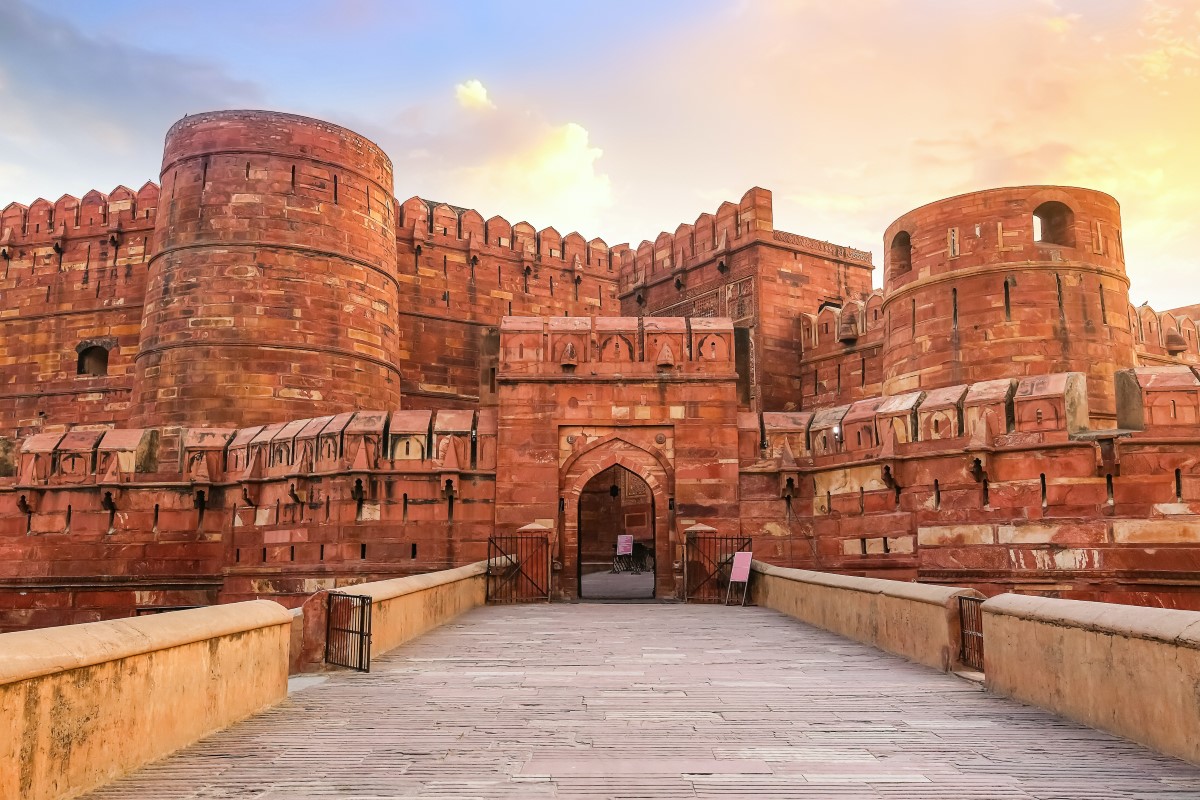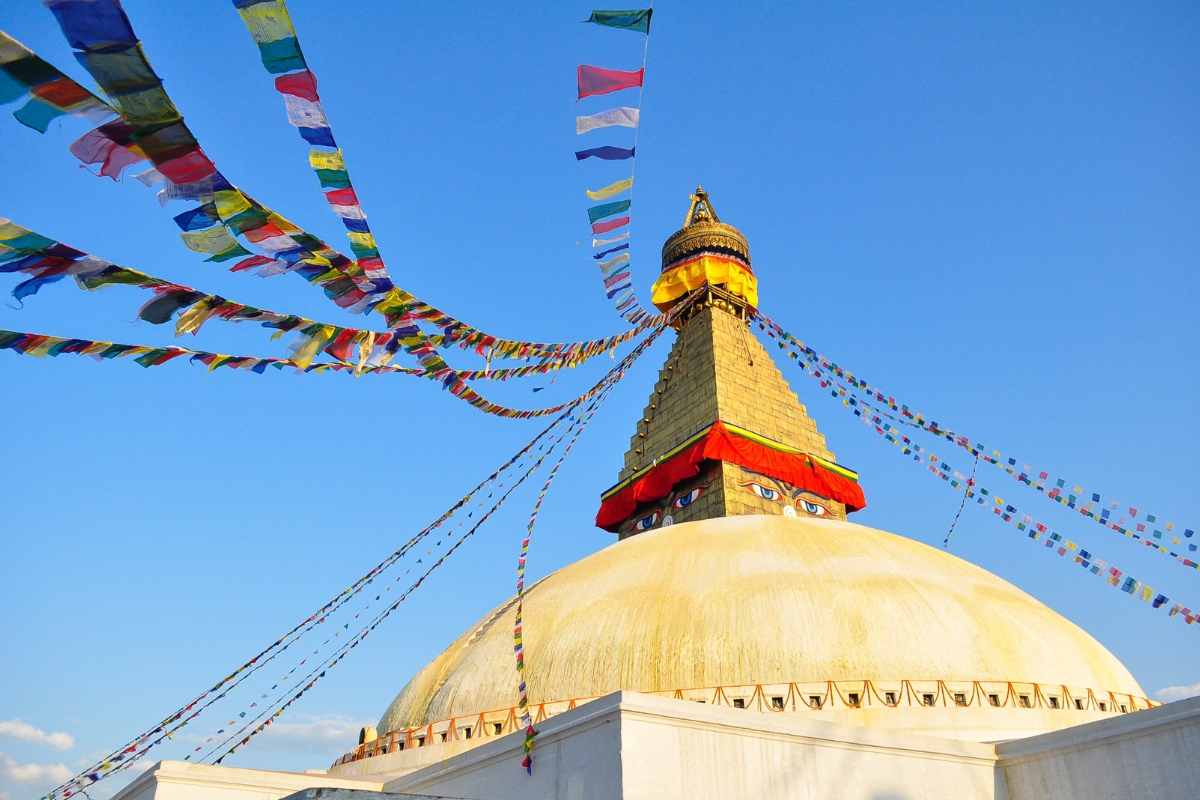India is a land of ancient civilizations, rich history, mouthwatering foods, fascinating cultural traditions, and elegant architecture. With so much to do and explore here, the Golden Triangle, which is named for the extraordinary cultural wealth found between the geographical triangular shape of Delhi, Jaipur and Agra, is the best way to get a taste of it all. If you’re lucky enough to travel here, the Golden Triangle will leave a profound and long-lasting impact on you for years to come. It is most definitely worth it.
When to visit?
As there is a lot of walking around and exploring to be done in the Golden Triangle, the best time of year to visit are the winter months between October and February. The temperatures fall to a balmy 71-89 degrees Fahrenheit. During the day, it’s typically warm and pleasant, whereas the evenings can be a little chillier. Sometimes, in December and January, there are freezing spells, when the weather drops down to a mere 43 degrees.
Meanwhile, May and June can be scorchingly dry and hot, reaching as high as 115 degrees Fahrenheit. It gets so hot that small shops will often close in the afternoons and there is a risk of heat stroke, especially for foreigners who are not used to it.
Monsoon season starts in June or July, lasting until September. During this time of year, the rain comes down in short, torrential bursts, which gives relief from the heat, but completely floods the streets, making it difficult to go about your day.
What to do in Delhi
Section Type: standardWidthImageS
The India Gate is a war memorial and an iconic symbol of Delhi.

Delhi, India’s capital, is a massive city that is a microcosm of all of the country’s unique cultures, languages, foods and religions. It is one of those places where you might have a love-hate relationship with it. For some it can be overwhelming, especially the traffic, where tuk tuks, motorbikes, pedestrians, cows and intense drivers intermingle with a complete disregard for the right of way.
Others will find Delhi to be fascinating, fun and exhilarating with a million things to do and see. If you love to shop, there’s anything from flea markets to high-end, luxury shopping malls and cute boutiques. If you love to eat, there’s food from all over India, not to mention international cuisine, and it ranges from street stalls to top-notch eateries and cozy cafes.
Old Delhi, which dates back to the 1600s when the Mughal Emperor Shah Jahan moved the capital from Agra, is a walled city and the symbolic heart of the capital. There, you will find some of the best attractions, such as the Red Fort, which is now a UNESCO World Heritage Site and where there is a vast exhibition about the British occupation. You’ll also want to check out Khari Baoli, Asia’s largest spice market, which also dates about to the Mughal empire and where you’ll inhale both the pungent scent and the sight of whole and ground spices, including celery seeds, turmeric, juniper berries and star anise.
Agra, home of the Taj Mahal
Section Type: standardWidthImageS
The colors of the Taj Mahal shifts as the sun sets.

Sitting on the banks of the Yamuna River, Agra was once the capital of the Mughal Empire and was the center of arts, learning, politics, commerce and religion. After the country’s independence from Great Britain, the city became known for its footwear, leather, rugs, and Pietra Dura (marble inlay work). Shopping aside, Agra is nowadays popular with travelers for its rich trail of archaeological wonders, including the Agra Fort and the Taj Mahal, both of which are UNESCO World Heritage Sites.
The Agra Fort is a historical fort that served as the main palace of the Mughal Emperors and was witness to several important battles including the Indian rebellion of 1857, which led to a century of direct rule by Great Britain. It has lost none of its magnificence over the centuries, where you’ll find intricate carvings, red sandstone buildings, the legendary Peacock throne, walls inlaid with tiny mirrors, gardens, courtyards and a spectacular view of the Taj Mahal.
One of the 7 Wonders of the Worlds, the Taj Mahal, is more than just a monument, but is in fact a mausoleum built by the Mughal Emperor Shah Jahan for his favorite wife, Mumtaz Mahal, to display his undying love for her after she passed away.
It is also an architectural masterpiece influenced by Indian, Persian and Islamic styles. Made of white marble, it is inlaid with Quranic verses written in calligraphy, as well as semi-precious stones such as jasper, blue lapis lazuli, agate, and more. As the sun sets, the Taj Mahal shifts in color, leaving all its visitors gawking in its beauty.
Jaipur, aka the Pink City
Section Type: standardWidthImageS
A view of Jaipur, also known as the “Pink City.”

Known as the “Pink City,” in recognition of its trademark color, Jaipur also features broad avenues, spacious gardens and an orderly street grid system, which is unique in India. At the center of the city stands the opulent City Palace complex, which continues to be a home to descendants of the Mewar royal family and features numerous gardens and museums.
Also on your list of things to do should be the Jantar Mantar, which literally translated means “calculating machine.” Built in 1726, it is an astronomical and astrological observatory that consists of 19 different instruments used for measuring time, predicting eclipses, and tracking the planets. It is also home to the world’s largest stone sundial. The instruments here are so accurate that they are able to calculate time down to the nearest two seconds.
Beyond its architectural jewels, Jaipur is known for its bustling bazaars, where you can find Rajasthan jewelry, printed fabrics, shoes, enamel, metalwork and carvings.
About the author: Julia Guerra Slater has traveled extensively throughout the world, including a backpacking trip in South Asia. She has spent an extensive time living as a digital nomad.
Section Type: cta
Want to travel to incredible India? Check out our India Highlights itinerary, or if you’d like to add a visit Tiger Park, take a look at our Golden Triangle & Wildlife expedition. Want to go beyond the Golden Triangle? Explore our Southern India Circuit.

 India & the Himalayas
India & the Himalayas India & the Himalayas
India & the Himalayas